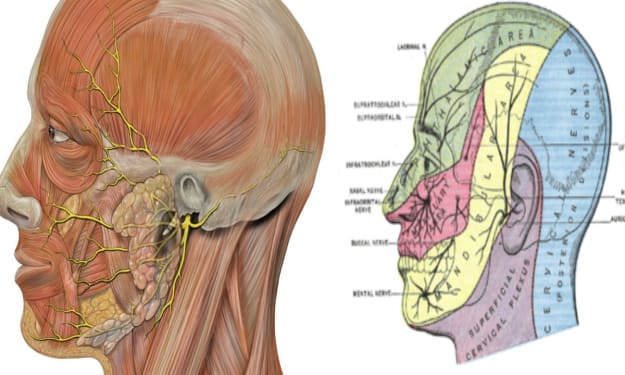
In recent years, the astronomical community has been captivated by the prospect of a colossal and elusive ninth planet lurking in the far reaches of our solar system. This intriguing hypothesis proposes the existence of an undiscovered celestial body, potentially boasting a mass ten times that of Earth, in orbit beyond Pluto. Even NASA, in 2017, acknowledged the plausible existence of this mysterious ninth planet, a notion that has sparked considerable interest and debate among scientists. Despite the enthusiasm surrounding this cosmic enigma, substantiating the existence of Planet 9 has proven to be a formidable challenge.
The genesis of the Planet 9 hypothesis can be traced back to the peculiar clustering observed in the orbits of distant icy dwarf planets, collectively known as Trans-Neptunian objects (TNOs). These TNOs, found in regions like the Kuiper Belt and Scattered Disc, exhibited curious elliptical orbits that appeared to align in a common direction. The discovery of Eris, a TNO larger than Pluto, in 2005 played a pivotal role in shaping our understanding of these outer reaches of the solar system. This revelation led to Pluto's reclassification as a dwarf planet in 2006, marking a significant milestone in our exploration of these distant realms.
The concept gained substantial traction in 2016 when researchers Konstantin Batygin and Mike Brown from the California Institute of Technology (Caltech) proposed that a super-Earth, dubbed Planet 9, could elucidate the anomalous orbits of several Kuiper Belt objects. The computer simulations conducted by Batygin and Brown supported this hypothesis, suggesting that the gravitational influence of a massive planet—roughly ten times the mass of Earth—could be responsible for the observed orbital patterns. Intriguingly, this hypothetical Planet 9 would orbit the sun at an extraordinary distance, approximately 500 times farther than Earth's distance from the sun.
Beyond explaining the peculiar orbits of TNOs, the existence of Planet 9 also offers a potential solution to a longstanding mystery in the field of astronomy—the six-degree tilt of the major planets in our solar system relative to the sun. While the origin of this tilt has puzzled scientists for years, researchers now propose that Planet 9's gravitational influence over billions of years could have gradually tilted the entire planetary system.
Recent developments in the search for Planet 9 have added complexity and anticipation to the quest. Data from the Dark Energy Survey, designed to probe the dynamics of the universe's expansion, unveiled an unidentified object that had eluded detection. This newfound object further fueled speculation about the potential existence of Planet 9. However, the inherent challenge lies in the vast distance of Planet 9 from the sun, rendering it too faint for direct observation using conventional methods.
To overcome this challenge, astronomers have adopted unconventional approaches, such as repurposing telescopes originally not designed for the task. The Subaru telescope, with its capability to discern dim and distant objects, has become a valuable tool in the ongoing search for Planet 9.
While the hypothesis of Planet 9 has garnered significant support, skepticism persists within the scientific community. Studies from the University of Colorado Boulder propose an alternative explanation, suggesting that interactions among the numerous bodies beyond Neptune's orbit could create the observed orbital peculiarities. However, the intricacies of simulating these interactions, considering the multitude of masses involved, pose challenges to the accuracy of this alternative hypothesis.
Dr. Konstantin Batygin of Caltech remains steadfast in emphasizing the cumulative evidence supporting Planet 9's existence. He underscores the convergence of five distinct lines of observational evidence, arguing that dismissing the Planet 9 hypothesis would introduce more problems than solutions. Each puzzle, he contends, would necessitate a separate theory to address the observed anomalies.
Batygin, along with Brown, continues their determined quest for Planet 9. Leveraging the capabilities of the Subaru telescope, they persist in scanning the distant cosmos for any signs of the elusive ninth planet. While conclusive proof remains elusive due to the monumental scale and cost of such endeavors, the ongoing findings fuel astronomers' optimism, providing impetus to persist in the search for the mysterious Planet 9. The cosmic enigma of Planet 9, with its potential to reshape our understanding of the solar system, continues to beckon scientists to explore the outer reaches of our celestial neighborhood. What are your thoughts on this captivating astronomical mystery?





Comments
There are no comments for this story
Be the first to respond and start the conversation.